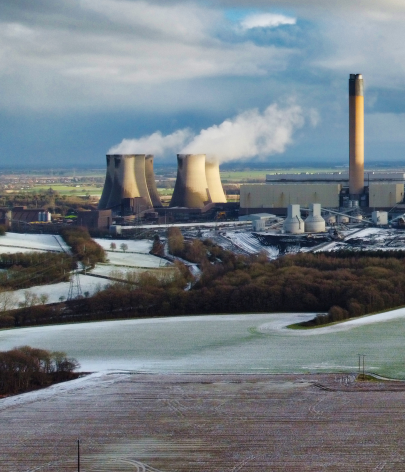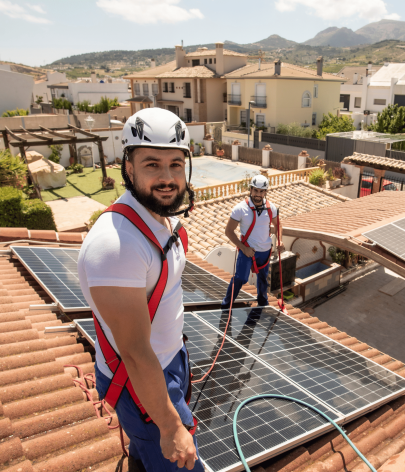
Breadcrumbs
Higher solar ambition can lower bioenergy in REPowerEU
Meeting REPowerEU’s energy targets is possible without increasing the use of bioenergy.
Avoiding higher bioenergy use in REPowerEU while still achieving its objectives, including a 45% share of renewables by 2030, would require approximately 100 GW (+17%) of additional solar power to be deployed by 2030 compared to the EU Commission’s REPowerEU proposal. The extra solar power is used to further decrease electricity generation from fossil gas compared to the REPowerEU plan instead of increasing the use of biomethane by 17bcm in housing, industry and agriculture – as well as directly replacing the additional biomass used for electricity generation in the REPowerEU plan to deliver a 1 bcm saving.
With an improved policy and regulatory environment, Solar Power Europe has indicated that the industry could deploy up to 840 GW of solar power by 2030. This is 248 GW higher (+42%) than REPowerEU’s current target and demonstrates that an additional 100 GW discussed in this briefing is credible. However, it is important to note that unlocking Europe’s solar potential and reaching these levels of solar power deployment will not happen without a major policy push at the national level to improve permitting and other bottlenecks.
The above measure would meet the REPowerEU’s objectives and keep bioenergy consumption in 2030 to the level assumed in the Fit for 55 package – a small reduction on today’s levels. However, further reduction of bioenergy use below Fit for 55 levels could be achieved through activities such as faster electrification of the heat sector or increased energy efficiency compared with REPowerEU proposals. For example, the European Parliament’s proposal to increase 2030 energy efficiency targets to 14.5% compared to the 2020 reference scenario projections – up from the 13% proposed in REPowerEU – is equivalent to an 14% reduction in gross bioenergy consumption in the EU in 2030.
Supporting Material
Methodology
Assumptions
REPowerEU’s plans do not actually represent a significant increase in bioenergy demand from current levels because the Fit for 55 package (MIX Scenario) assumed a reduced role for bioenergy and waste in 2030 of 147 Mtoe compared with actual 2020 consumption of 154 Mtoe. Hence the 162 Mtoe in REPowerEU amounts to only 8 Mtoe (5%) more bioenergy compared with today’s consumption.
Solar power capacity assumptions: 13% load factor; 20% of the solar power generated does not replace electricity generation from fossil gas due to curtailment / storage losses.
We have used Solar Power Europe’s ‘Accelerated High Scenario’ as an indicator of the EU’s 2030 solar potential. All GW figures provided in this briefing are GWac.
Our calculation of the reduction in bioenergy consumption that could be made by increasing the EU’s energy efficiency targets is based on the ‘Biomass and waste’ category in the EU-COM MIX Scenario. The calculation assumes the same ratio of Final Energy Consumption to Gross Available Energy as in 2030 in the MIX scenario.




The 45% renewable energy target in the RePowerEU plan is an essential step towards a cheap, secure and reliable energy system for Europe.
The RePowerEU plan foresees an increase in bioenergy consumption in 2030 above that assumed by the Fit for 55 package.
The plan’s growth in bioenergy consumption could be avoided through a credible increase in solar power deployment to 2030.
Further reductions in bioenergy use by 2030 – to below today’s levels – could be realised through faster electrification of heat and increased energy efficiency compared to RePowerEU.